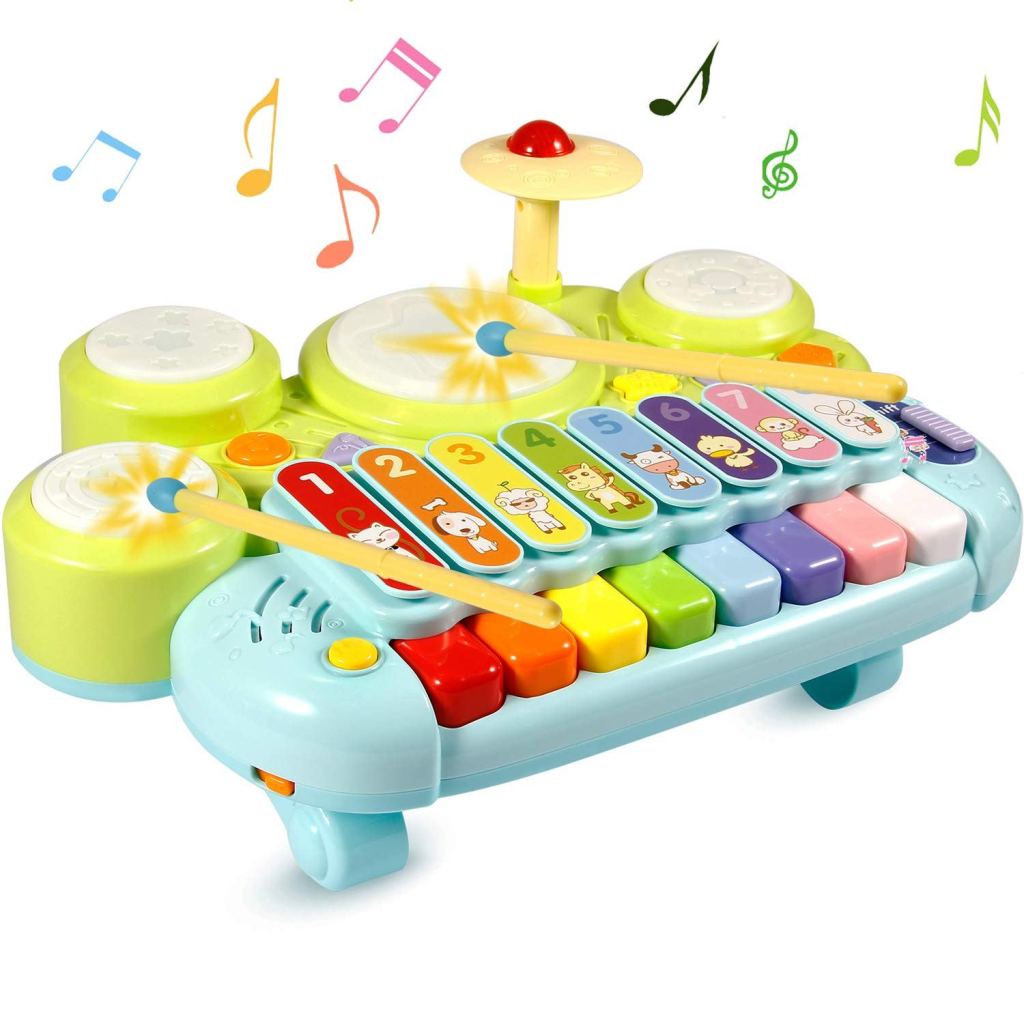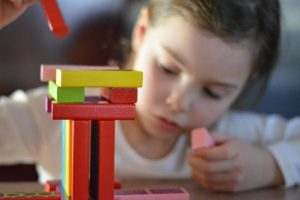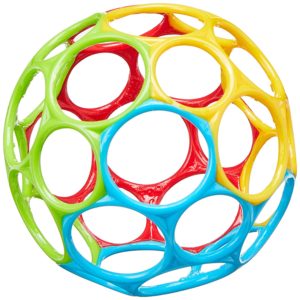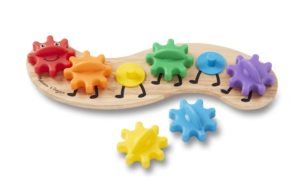Updated March, 2023
Electronics have become such a huge, inevitable part of our lives that we often don’t think twice about buying electronic toys for babies. Yet there are a number of reasons why electronic toys are bad. The learning that electronic toys offers our young children is limited at best. Honestly, I would suggest a whole host of alternatives over anything that lights up obnoxiously or makes a lot of noise. These toys aren’t just annoying to us, they aren’t great for our babies’ brains.

The Age of Electronics
The problem with electronic toys for our children is that they don’t need the extra stimulation. In fact, for very young children the lights can be overwhelming. What looks like apt fascination to us might be a freeze response for a baby. Children should be exploring with all their senses, not just their eyes. And while it may seem like the lights keep junior engaged longer, are they really getting anything out of the lights flashing over and over again at them.
Don’t get me wrong, we live in a world of technology. I am writing this blog on the computer, and you are using some form of technology to read it. That is the world we live in now. We are adults though, and our brains are probably pretty close to fully formed. Our young children’s brains are still growing rapidly and how they spend their days matter.
I’m sure you knew this was coming, but part of electronics includes TV, tablets, phones, video games, and other similar devices. I know how easy it is to set your child in front of the TV for a bit to have some time to yourself. Or maybe you just need to get through the grocery store so you give them your phone. Think of all the learning that could be taking place in that time though. Electronics, especially TV, are designed to capture your child’s brain and hold it hostage. Is that really worth it?
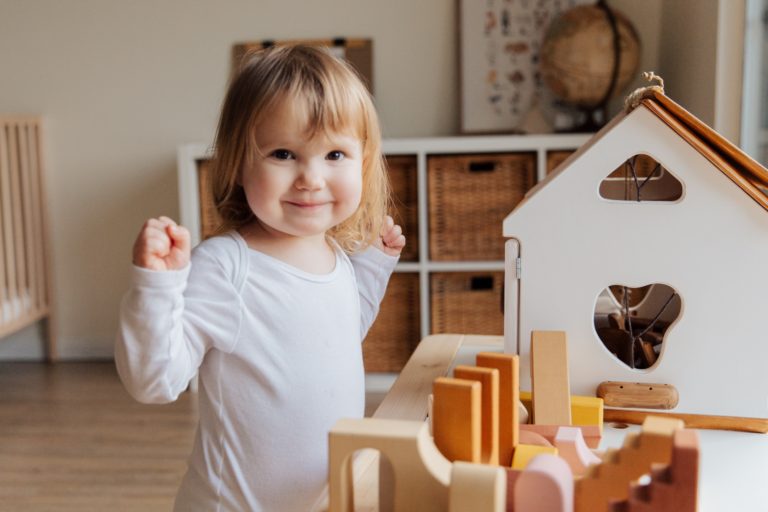
Toys as Education
Children are little sponges, and I’m not just saying this to make my point. Children learn more in the first 5 years of life than any other time. It is proven the the most important time in a human’s life is from birth to 8 years. Their entire futures can be affected within these few short years. This means that this is a vital time for children to be growing and learning.
One of the best ways for children to learn and engage is through play. This is why I spend so much time providing resources on books, activities, and toys. I want you to feel equipped to play and engage with your child and to provide them with learning opportunities. For example, small motor activities such as playing with play dough or stringing beads can help with your child’s ability to write later on in life. Check out this detailed post for more details on he importance of fine motor development and more simple activities for it than you’ll even know what to do with!
So let’s look at the “educational” toys; the ones that tell the child their colors, letters, or numbers as they are pressed. Research has proven that a child learning from another person, such as a parent or caregiver, is much more effective than an electronic. You sitting down with your child and finding fun, different ways to do the alphabet, including writing, reading, naming, making them with play dough, looking for them in everyday experiences is far more effective than an electronic lighting up letters at your child. Marketing has one job; to convince you to buy the item. So of course they are going to tell you why their item is the best for your child. That doesn’t mean it’s true.
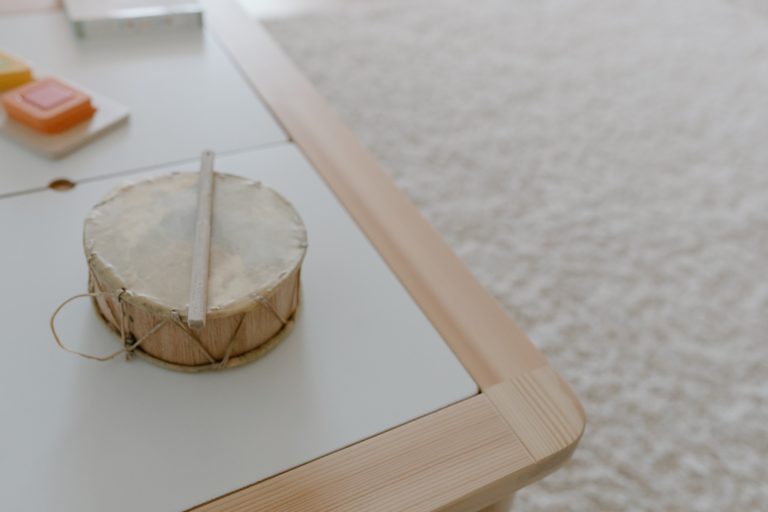
Alterantives
Instead of focusing on how exciting an item may or may not be, I challenge you to think about how open ended it is. Can your child use it more than one way, or is there only one “solution”. For example, an electronic drum will always make the same sound or series of sounds. Well, at least until it inevitably breaks or runs out of batteries. So your child learns “tap here to get this sound” and that is the end of it. A hand drum offers variety. Tapping in similar but not the same spots provides different results. If they hit with two hands vs. one hand, what happens? How many ways can your child use the material to learn and explore?
Beyond materials, I want you to think about yourself and your own engagement. Children learn better when in relationship with others, most especially their parents. Are you finding materials that you can and want to use with them? Or is it really an item meant for one person, because only one button can be pressed at a time?
It is normal for the attention spans of children to wander. You want to develop a child’s ability to explore and be curious about the world, without having to be plugged into something flashy. The less electronics you have when they are young, the more capable children will be of entertaining themselves when they are older. It’s okay for children to be bored sometimes. In fact, it’s really good for them. Let them be creative and build their own worlds and games.

